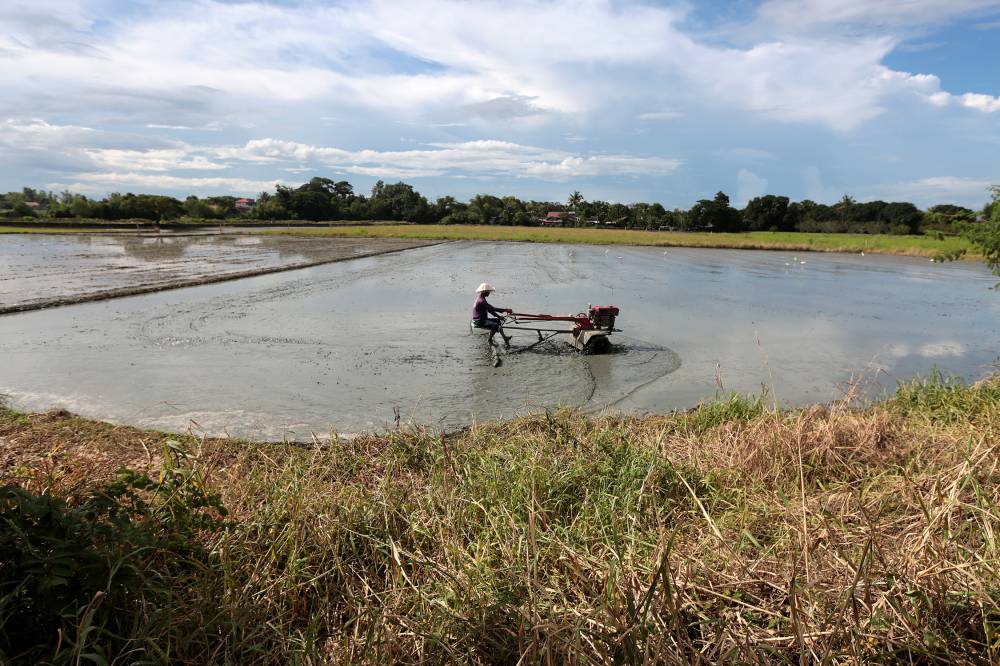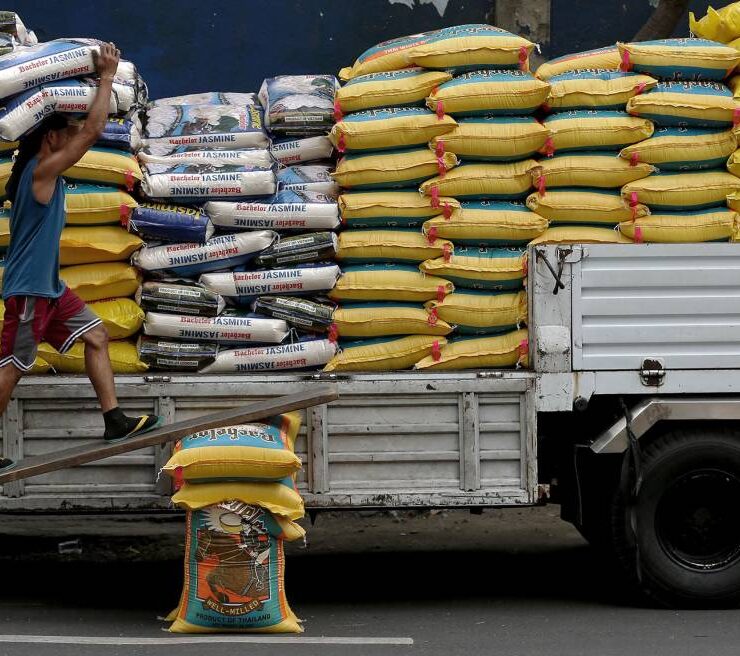Farm losses from ‘Enteng’ balloon to P2.3B

Tropical Storm “Enteng” (international name: Yagi) has left the country a few days ago, but the agriculture sector continues to suffer from its aftermath.
In a bulletin issued by the Department of Agriculture (DA) on Monday, farm losses because of the recent weather disturbance have swelled to P2.26 billion, surging by over 240 percent from the P659.01 million damage initially reported by the agency on Sept. 6.
The storm took a toll on the livelihood of 59,669 farmers in the regions of Ilocos, Cagayan Valley, Central Luzon, Calabarzon (Cavite, Laguna, Batangas, Rizal, Quezon), Bicol, Western Visayas and Eastern Visayas.
It wiped out 51,728 metric tons (MT) of agricultural produce, mostly rice, covering 37,471 hectares (ha) of land.
Estimated values are subject to further validation, according to the DA. Regional offices, along with concerned local government units and disaster risk reduction and management offices, are conducting thorough validation and assessment.
The DA said estimated losses from the typhoon have increased after recording losses on rice and damaged irrigation facilities from various regions.
Rice was mostly hit by Enteng, with losses accounting for 48.97 percent or P1.11 billion of the total.
The volume of production loss was pegged at 48,646 MT spanning 34,935 ha. Irrigation facilities were affected as well, comprising 47.88 percent or P1.08 billion.
Enteng also hit other commodities: corn (P42.66 million), high-value crops (P26.66 million), cassava (P1.98 million), and livestock and poultry (P16,000).
On average, local palay output falls by around 500,000 MT to 600,000 MT annually due to typhoons and other natural calamities, Agriculture Assistant Secretary Arnel de Mesa previously said.
“This year, we have El Niño [and] we have La Niña. [It is] expected that losses will increase,” he said.
La Niña, characterized by above-normal rainfall conditions, is expected to emerge between September and November, based on a previous forecast of the Philippine Atmospheric, Geophysical and Astronomical Services Administration.
The DA previously slashed its projection on this year’s palay production to 20.44 million MT due to the combined impact of El Niño and La Niña phenomena.





















